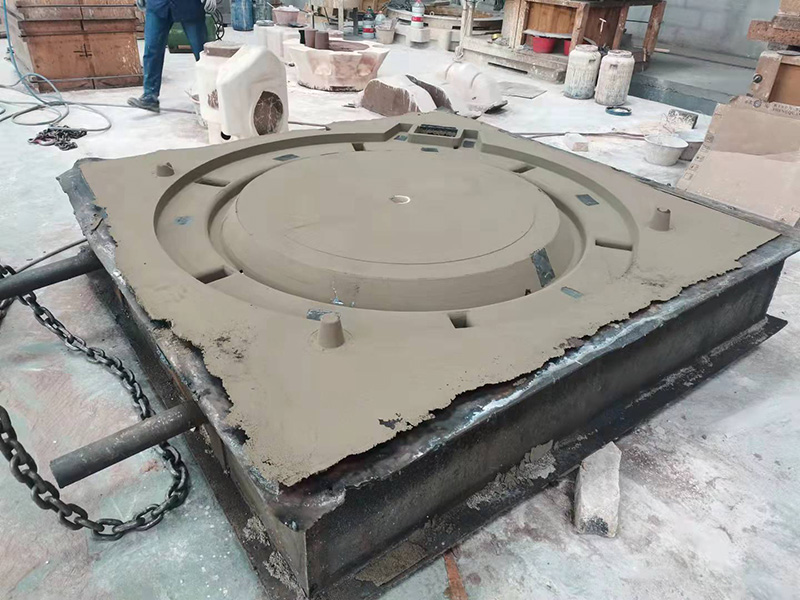The Market Dynamics of Ceramic Sand Prices
In recent years, the market for ceramic sand has gained considerable attention due to its vital role in various industries, including construction, oil and gas, and foundries. Ceramic sand, known for its high durability and resilience, is derived from the process of high-temperature processing of clay and other raw materials, making it an essential component for various applications. With increasing demand, fluctuations in prices have become a focal point for businesses and stakeholders in the market.
Factors Influencing Ceramic Sand Prices
Several key factors influence the price of ceramic sand, making it a dynamic commodity. Firstly, the cost of raw materials plays a significant role. As the price of minerals such as kaolin and bauxite rises due to increasing global demand and depletion of easily accessible reserves, the cost of producing ceramic sand escalates as well. This directly impacts the market price, as manufacturers often pass on these costs to consumers.
Secondly, the demand-supply dynamics within the industry are crucial. The construction and oil industries, which are major consumers of ceramic sand, have seen fluctuating demands based on economic conditions. For instance, during periods of economic growth, demand for construction materials surges, leading to higher ceramic sand prices. Conversely, during economic downturns, the demand may drop, causing prices to stabilize or even decrease.
Market Trends
Another factor contributing to ceramic sand pricing is the evolving technology and practices in related industries. Innovative techniques and more efficient extraction processes can lead to a reduced cost of production. For example, advancements in mining technology can lower operational costs, allowing manufacturers to offer competitive prices. Conversely, if industry standards demand higher quality or specialized types of ceramic sand, this can increase prices substantially.
ceramic sand price

Additionally, international trade policies can influence ceramic sand prices. Tariffs and trade restrictions imposed by governments can impact the cost of importing and exporting ceramic sand, creating volatility in price. Ongoing geopolitical tensions and trade negotiations can further complicate the price landscape, making it essential for stakeholders to remain vigilant about international market trends.
Future Predictions
Looking ahead, the ceramic sand market is expected to evolve with an emphasis on sustainability and eco-friendly practices. Many manufacturers are exploring alternative sources and methods that reduce environmental impact, potentially leading to more stable pricing structures in the long run. Moreover, innovations in recycling and reusing materials in the production process may help reduce costs and address raw material shortages, thereby stabilizing prices.
Furthermore, as global construction activities ramp up, particularly in emerging markets, there is potential for increased demand for ceramic sand. This boost, coupled with ongoing advancements in production technology, could result in a competitive pricing environment.
Conclusion
In conclusion, the price of ceramic sand is influenced by a myriad of factors, including raw material costs, demand-supply dynamics, technological advancements, and trade policies. As the market continues to evolve, stakeholders must stay informed on these trends to make strategic decisions. While fluctuations in price are expected, the ongoing push for innovation and sustainability may lead to a more stable future for the ceramic sand market. With tireless adaptation to global changes, the ceramic sand industry appears primed for continued growth and development.
Post time:Dàmh . 31, 2024 06:56
Next:large sand casting
